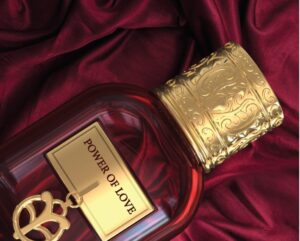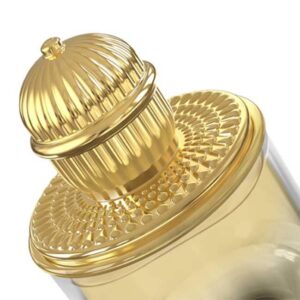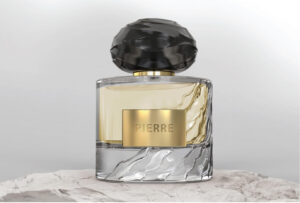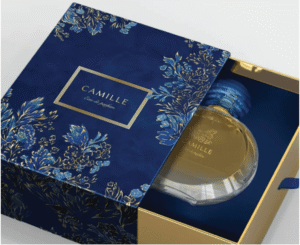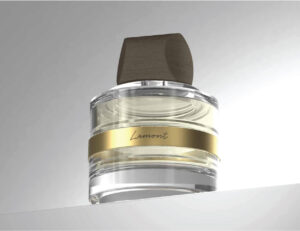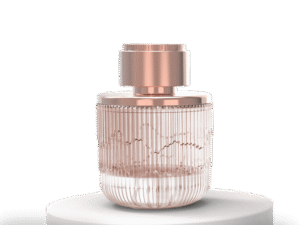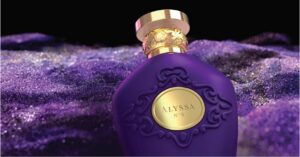From Concept to Creation: The Art Behind Great Perfume Design
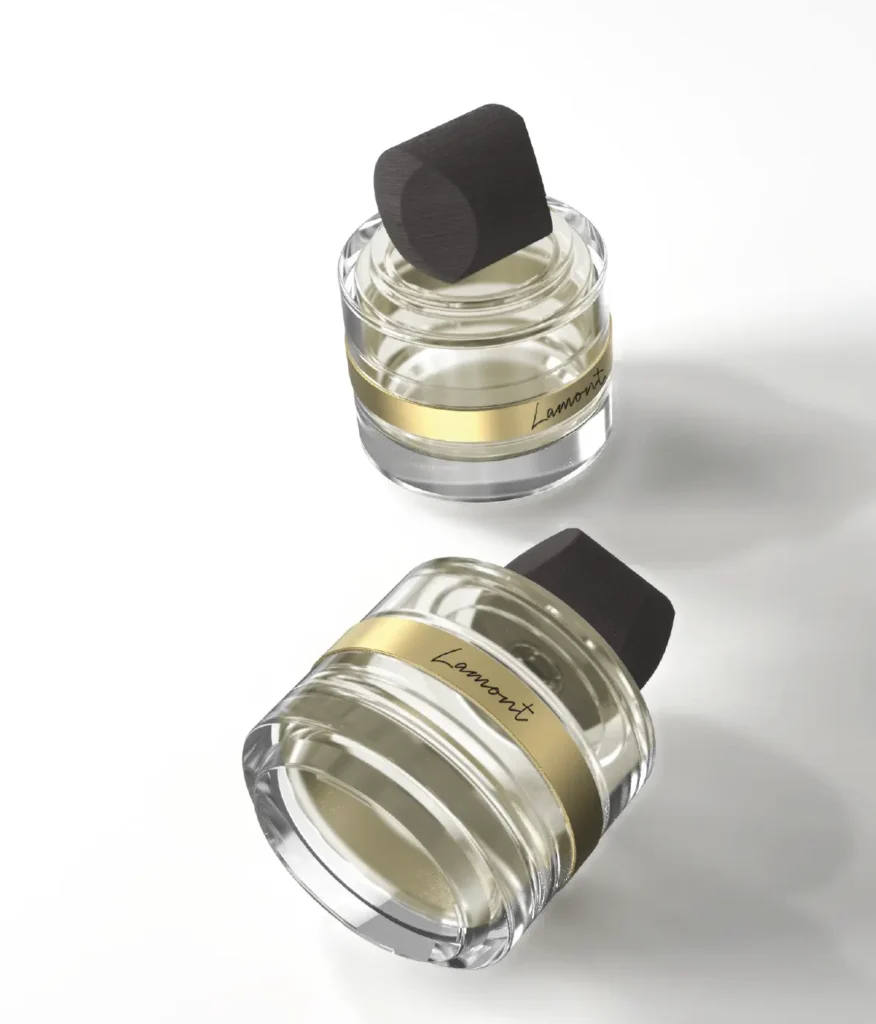
Perfume isn’t only chemistry. It’s imagination bottled. At Anisha.Agency, we live inside that intersection,where formulas meet feelings, and where branding turns a scent into a story that stays with people long after they’ve walked away. Where Perfume Design Really Begins Every fragrance starts with a question: what should this scent say? That’s the first step of the perfume design process,not oils, not accords, but intent. Are we designing a scent of power? A whisper of intimacy? A memory of joy? Once the intent is clear, the rest of the process has a compass. The Craft: From Oils to Identity The actual making of a fragrance feels like choreography. Notes are chosen, layered, tested, rebalanced,again and again. Citrus might open the dance, woods may carry it, and amber could close it with weight. But the craft isn’t complete until it feels alive. That’s why our work doesn’t end with blending,it continues into bottle shape, weight, color, and campaign tone. Because perfume without identity is only liquid. The Scent Design Journey: Where Inspiration Hides Great perfumes rarely start in a lab. They start in live moments. Rain hitting warm streets, a childhood memory of rosewater, the sharp snap of cardamom in tea. This scent design journey is messy and unpredictable. Ideas collide, fail, or surprise us. But when a combination finally speaks back,it feels like discovery. Branding Is the Bridge The hard truth: the world doesn’t remember perfumes for ingredients alone. They remember names, bottles, stories. That’s the work of perfume branding. Think about it: A name like “Obsession” or “Sauvage” already frames expectations. A bottle that feels heavy, luxurious, instantly cues value. A story in the campaign makes people want to carry it as part of their lives. Without branding, even a brilliant fragrance risks becoming invisible. How We Work at Anisha.Agency We don’t just tick boxes on a design sheet. Our approach is layered: Creative daring – pushing concepts that feel bold, not safe. Market realism – knowing what will resonate in Lagos, Paris, or Dubai. Cultural storytelling – building branding that doesn’t just “sell” but sticks. We see ourselves less as a vendor, more as a translator,turning a brand’s vision into a fragrance that makes sense to its audience. Why Branding Shapes the Market, Not Just the Shelf It’s easy to underestimate how much perfume branding defines value. The same formula in a plain bottle could sell for $30,or $300,with the right narrative. This isn’t manipulation; it’s trust. Buyers want to feel that what they’re holding is worth their money and their memory. And in markets like Dubai, where perfume is status as much as scent, branding is what makes the difference between a passing trend and a long-term icon. The Human Factor We Never Ignore At the end of the day, perfumes live in people’s lives,not just on shelves. That’s why every scent design journey we guide asks: How will this fragrance behave in real weather? Will it feel universal, yet still personal? Does it stand the test of emotion, not just smell? When you answer those questions, you stop making perfumes. You start creating companions. FAQs 1. What is the perfume design process? It’s the creative and technical path of shaping a fragrance,from defining intent, blending, and testing, to packaging and branding. 2. How long does it take? On average, 6–12 months. Some stories need more time to settle. 3. Why is branding so crucial? Because branding is the difference between a perfume people notice and one they forget. 4. Do small brands need full perfume branding? Yes,branding can be scaled. A thoughtful story matters more than lavish budgets. 5. How does Anisha.Agency’s ethos show up? We merge artistry with strategy,our perfumes aren’t just beautiful, they are market-ready and culturally resonant. Hear it from us Perfume is a strange art. It’s invisible, yet unforgettable. At Anisha.Agency, our passion is guiding that transformation,from raw notes and rough ideas into fragrances that breathe identity and create memory. That’s the essence of the perfume design process. That’s why the scent design journey matters. And that’s why strong perfume branding is never an afterthought,it’s the heartbeat. Because in the end, the right scent doesn’t just smell good. It feels inevitable.
How to Ensure your New Perfume Launch is a Success

How can I launch a new perfume and what are the steps I need to take? A new perfume launch takes a lot of planning, creativity and strategy. Let’s go through the process step by step of how you can maximise your chances of success. 1. Do Your Research Research the market and identify the market segments, in addition which sectors are growing or declining. Which areas of the market are growing and which ingredients are becoming popular? You should ideally create a new perfume launch for a growing market segment, although this may sometimes mean that there is more competition. Examine other perfumes in your niche and see what is their pricing, also what are their ingredients, branding and packaging. 2. Create a Unique Concept A new perfume launch should always stand out clearly against the existing market products and is offer something new or different. Craft a compelling story behind your perfume and think about the inspiration behind the fragrance. 3. Decide on the Price Point of Your Perfume Knowing the price point of your perfume will tell you the fragrance oil price you can afford in your product. Before your new perfume launch it’s crucial you have a clear idea of the packaging costs you can afford.First deduct the retail margin and the wholesale margin to reach the wholesale trade price. The Wholesale trade price should cover all of your packaging, filling and fragrance costs, but also give you a reasonable profit. Additionally, including a percentage for marketing costs within your wholesale price will allow you to spend on advertising. 4. Formulate and Test Your New Perfume Work with a perfumer or use your own nose to develop a fragrance, then trial it to see how it performs. Ensure that the fragrance performance of your new perfume launch is as good or better than the current market leaders. Ask friends, family and people from your target market to trial the fragrance to see how it performs for them. 5. Decide on Packaging and Bottle Design For new perfume brands packaging can be a difficult subject, as custom packaging often requires higher minimum order quantities. This is why new brands often start off with standard packaging moulds which are ready and available with smaller order quantities. Ensure that your new packaging fits cohesively, and make sure that the box design reflects the character of the bottle design. Additionally consumers are increasingly discerning and will know if something doesn’t align perfectly. Packaging must also be legally compliant and contain the right information about ingredients and allergens. Furthermore, packaging must be legally compliant and the requirements will differ from one market to the next. 6. Decide on a perfume filling partner Every new perfume launch needs a reliable filling factory partner who can ensure the right quality control and timing. 7. Branding and Marketing Strategy Develop your brand’s visual strategy and visual identity. Create marketing materials for your new perfume launch, in addition to social media and website to communicate the brand story. Share the story behind the fragrance on various media platforms. 8. Distribution Channels When you did your initial research you would have gained a good idea of the best distribution channels to sell your perfume through. For higher priced products you can work with luxury retailers or large department stores. For mass market perfumes you may wish to work with a company who has great distribution within supermarkets. If you wish to sell abroad ensure that you are aware of the different fragrance regulations abroad. Ensure you have the right partners for your new perfume launch who are invested in the success of your perfume. Alternatively you may decide to use the direct to market model and sell everything online on your own portal. But be aware that this requires a different skillset in order to build and market your brand and create excitement around it. 9. Sales and Consumer Feedback Track Sales data to see how the perfume launch is going, also actively listen to customer reviews and feedback to address any issues quickly. Visit the wholesale trade to gain valuable feedback and see how the brand is performing compared to competitors. See if there is anything more you can do to encourage the trade to push your brand. 10. Post Launch Marketing After the new perfume launch you must continue to push your product and build loyalty, as people will not look for this product until they know it well. Create seasonal promotions to encourage trial, make small trial size samples and continue to promote your brand on social media. Any new perfume launch takes a lot of time, effort, artistry and careful planning. Having a partner like Anisha who has a vast experience of new product creation and product launching can ensure that your new product launch is a success. Book a no obligation appointment to see how Anisha can make the process a lot easier for you.


